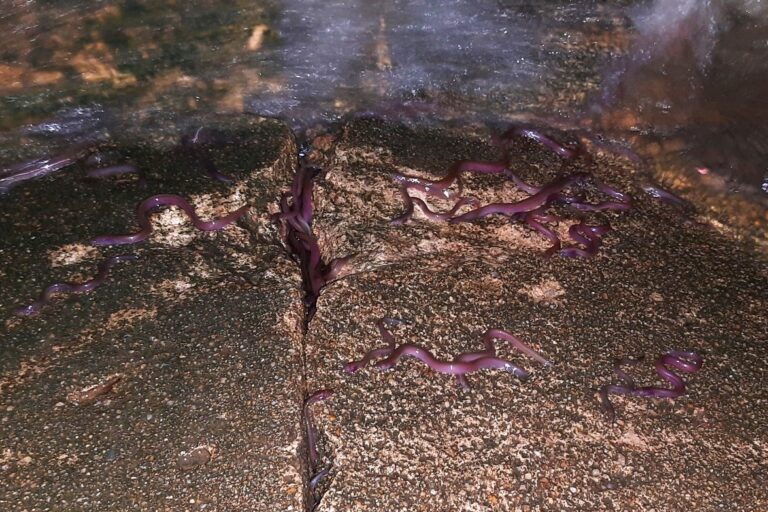- The agency seized the equivalent of 60 trucks full of cargo, filled to the brim with ilegally cut wood with a value estimated at $48 million.
- The seized wood was to travel with falsified documentation.
- The homemade bomb caused some damage inside, but above all, it served as a strong threat to the authorities seeking to reduce illegal logging in the country.

At 4:00 am on November 24, the Specialized District Attorney’s Office on Environmental Issues in Loreto, in Peru’s Amazon region, seized the equivalent of 60 trucks full of cargo, filled to the brim with illegally cut wood with a value estimated at $48 million.
The so-called Operación Amazonas managed to confiscate the largest shipment of illegal wood in the history of Peru. In total, the officials found 29,041 cubic meters of the marupa species, 24,047 cubic meters of the capirona species, and 138,636, of cumala, all of them native to the Peruvian Amazon and headed to markets in the U.S. and Mexico.
The enormous seizure would not have been possible without the support of SUNAT, the National Superintendency of Tributary Administration, and of OSINFOR, the Supervisory Office of Forestry Resources, an agency created in 2008 to supervise the fulfillment of forestry concession contracts granted by the government.
But within just a few days of the successful Operación Amazonas, OSINFOR had to face a grave repercussion: on November 29, its satellite office in the city of Pucallpa, an important center of illegal logging, was bombed with a molotov cocktail. In a video taken by security cameras provided by the peruvian online magazine, Ojo Público, one can see how two men approached OSINFOR’s office by night and, minutes later, threw a bomb at the entrance.
The homemade bomb caused some damage inside, but above all, it served as a strong threat to the authorities seeking to reduce illegal logging in the country. It’s believed that this first great seizure represents only one of many other illegal wood shipments that are in the hands of the logging mafia in Peru’s Amazon.
According to an investigation by Ojo Público, the seized wood was to travel with falsified documentation.
“Wood trafficking in Peru has gone on for years in a well-known pattern: the trees are illegally felled in protected areas or in forests where logging is not allowed. Then they’re turned into boards, incorporated into the commercial chain with falsified documents, and finally, they’re exported. In Loreto, local authorities announced that 80% of the seized cargo came from Inversiones La Oroza, and the rest from Sico Maderas SAC and Corporación Inforest MC SAC,” as Ojo Público described.
In an interview with Caretas magazine, Loreto’s district attorney, Pablo Ormeño, confirmed that “the responsability falls squarely on those who managed the concessions; but we will determine whether the purchasing company representatives were aware of this or not.”
The OSINOR office attack is currently under investigation. The agression highlights the increasing tension between the government and loggers in Peru and represents, according to World Resources Institute researcher Ruth Nogueron, “a direct response to Operación Amazonas, along with protests to the new ‘Forestry Law’ which imposes stiff measures against illegal logging.”













